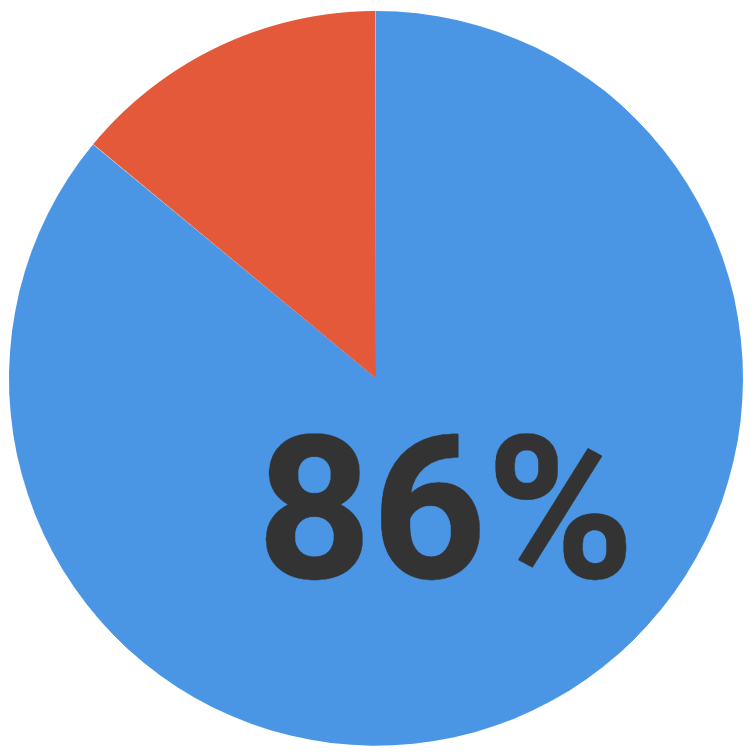 The COVID-19 pandemic has drastically impacted how many industries function from day-to-day. Although, call centers have continually grown with the passage of time and evolution of technology, COVID-19 threw this process into hyperdrive. Even call centers with strong recovery plans were underprepared and left scrambling to manage the unprecedented changes and sudden upticks in call volume and service requests. Many contact centers were simply not prepared to have teams work outside of the office. However, as we all know, there wasn’t an option. Companies needed to quickly upgrade their technology in order to continue to deliver their services with compassion and excellence. Weaknesses quickly became apparent. Previously observed customer patterns suddenly and drastically shifted, call handle time increased, workforces were forced to atomize and COVID-related government requirements lead to a huge transition to the work-from-home environment.
The COVID-19 pandemic has drastically impacted how many industries function from day-to-day. Although, call centers have continually grown with the passage of time and evolution of technology, COVID-19 threw this process into hyperdrive. Even call centers with strong recovery plans were underprepared and left scrambling to manage the unprecedented changes and sudden upticks in call volume and service requests. Many contact centers were simply not prepared to have teams work outside of the office. However, as we all know, there wasn’t an option. Companies needed to quickly upgrade their technology in order to continue to deliver their services with compassion and excellence. Weaknesses quickly became apparent. Previously observed customer patterns suddenly and drastically shifted, call handle time increased, workforces were forced to atomize and COVID-related government requirements lead to a huge transition to the work-from-home environment.
With this in mind, what changes have we seen since the onset of the pandemic?
-
- Transition to remote agents – Government health mandates emptied offices overnight and quickly forced companies to find a way to make it possible for employees to work from home in order to continue to deliver services.

- Influx in migration to the cloud – Currently, many call centers are on-premise. This means that their overall infrastructure, the devices and software utilized are also on-premise. Things shifted when the pandemic hit. Companies struggled to provide access to software to support agents working from home. However, as well all found out, there are limitations to remote access to on-premise servers. These limitations are a driving force to the transition to intelligent cloud technology and many companies are not looking back.

- Increase in “Average Handle Time” – Research has shown that “Average Handle Time” for calls increased for 55% of companies. This was due to a multitude of factors such as increased call complexity as well as an increase in the degree of interaction between agents and clients most likely resulting from feelings of isolation caused by quarantine and stay at home orders. When asked, many center managers and agents said they felt socially isolated during this time and admitted to using their time on calls to help bridge the gap of social distancing.
- Transition to remote agents – Government health mandates emptied offices overnight and quickly forced companies to find a way to make it possible for employees to work from home in order to continue to deliver services.
Necessity drives innovation

When the pandemic started things needed to change and they needed to change fast. In fact, it is estimated that innovation in the contact center industry has accelerated 7 years as a result of the pandemic. Necessity drives innovation and contact centers definitely needed to innovate in order to adhere to new health guidelines while still providing clients with the services needed and expected. Many of these innovations also paved the way and shaped the future.
This being so, what call center changes may be here to stay?
-
- Increase in remote agents – is working from home, the New Normal?
 Although some agents are beginning to return to the office, according to J.D. Power research, about 86% of the customer service organizations surveyed claimed that they have a plan to implement permanent models, even after the pandemic, which will allow many employees to continue to work from home. This is because many companies have been able to successfully replicate the agent’s ability to work effectively off-premise from the comfort of their own home and they have noted that it yields many advantages, such as:
Although some agents are beginning to return to the office, according to J.D. Power research, about 86% of the customer service organizations surveyed claimed that they have a plan to implement permanent models, even after the pandemic, which will allow many employees to continue to work from home. This is because many companies have been able to successfully replicate the agent’s ability to work effectively off-premise from the comfort of their own home and they have noted that it yields many advantages, such as:
-
- Agents experience an improved work-life balance which leads to more productive agents
- Cost savings – There is a decreased necessity for on-premise infrastructure which leads to reduced real estate expenses
- Overall increase in budget for employee benefits as a result of decreased expenses in other areas
- An increase in flexibility for staffing models – employers can easily scale up or down to manage seasonal needs
- Better adherence and overall employee retention.
- Ability to manage off-premise agents, which, in turn, gives access to an increased talent pool
-
- Increase in remote agents – is working from home, the New Normal?
-
- Boost in digital technology
Virtual workplaces mean virtual functionality and adopting cloud telephony. As time goes on, the flood of new and innovative technology will bring smarter, high quality ways for teams to monitor their work, collaborate and stay connected.
- Boost in digital technology
-
- Further innovation
More changes are on the horizons as new innovations try and tackle challenges such as compliance mandates such as HIPPA, Hi-Trust, PCI, TCPA, GDPR and more workforces continue to transition to remote work.
- Further innovation
The need to change and adapt brought about by the pandemic allowed the industry of call centers to transform. It’s entirely possible that these observed transformations will allow the industry to emerge stronger in the aftermath. The traditional tools and methodology that have worked for years are not an option. Call centers need to adapt and adopt the new tools and the latest trends in order to succeed. Those that don’t adapt will likely get left behind!
So ask yourself, is your contact center future-ready?

